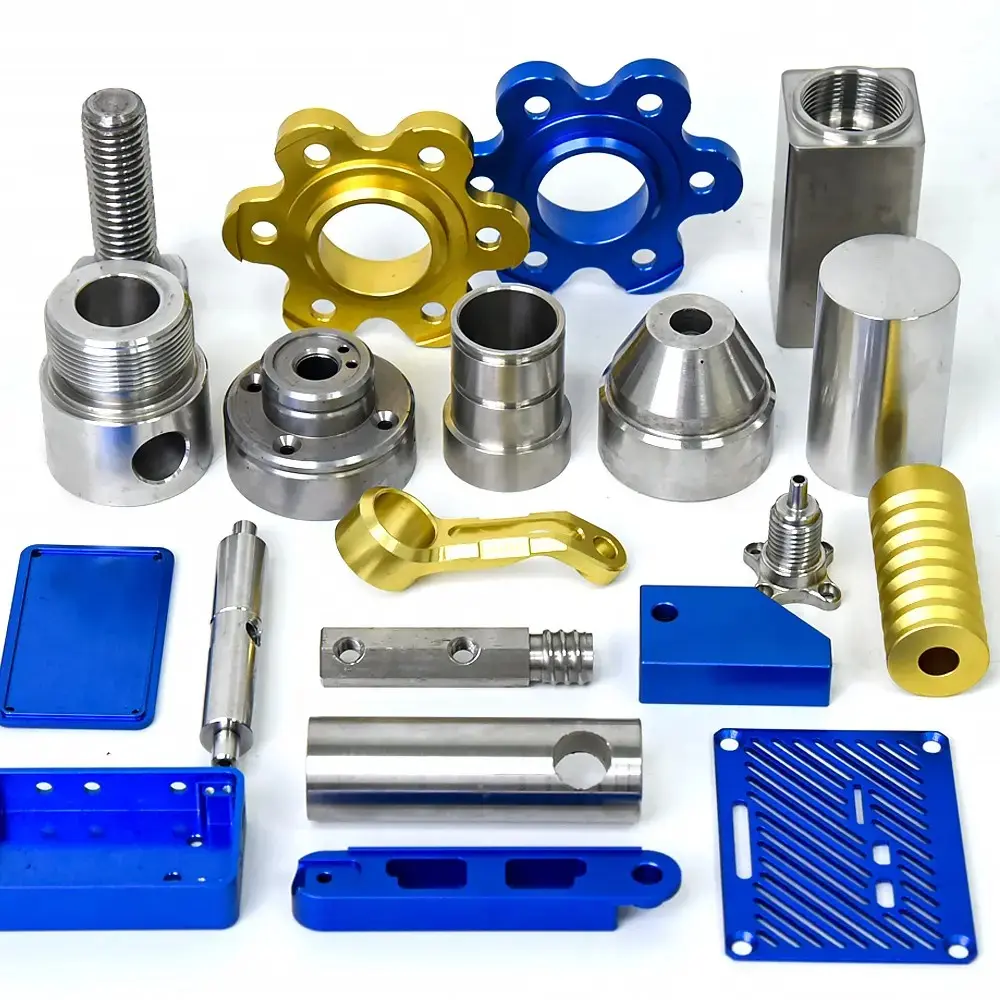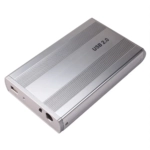Understanding 3D STL Files for CNC Machining
In the realm of precision manufacturing, 3D STL files for CNC serve as the digital blueprint that bridges design intent with physical reality. STL (stereolithography) is a universal file format composed of triangular facets that describe a part’s surface geometry. When paired with advanced CAM software, these files enable 5 Axis CNC machines to generate complex metal components with micron-level accuracy.
Why Choose STL for 5 Axis CNC Applications
Universal Compatibility
STL is supported by virtually every CAD and CAM platform—from SolidWorks and Fusion 360 to Mastercam—ensuring seamless data transfer without the need for proprietary translators.
Precision Geometry Representation
By tessellating curved surfaces into dense triangular meshes, 3D STL files for CNC machining can capture intricate features, undercuts, and freeform contours essential for aerospace, medical, and high-end automotive parts.
Streamlined Workflow
With a well-prepared STL file, operators can rapidly import the model into CAM, define toolpaths, simulate material removal, and export G‑code—all while minimizing manual rework.
Sourcing High-Quality 3D STL Files for CNC
To maximize efficiency and avoid costly errors, select your STL files from reputable repositories or generate them in-house:
- Free 3D STL Files for CNC Machining: Platforms like Thingiverse and GrabCAD offer community‑driven models, ideal for prototyping and hobbyist projects.
- Premium CAD Libraries: Subscription services such as TraceParts and 3D ContentCentral provide professionally validated STL datasets, complete with dimensional and tolerance metadata.
- Custom 5 Axis CNC Design Services: Engage firms (e.g., Great Light) that deliver turnkey CAD-to-STL conversion, ensuring every mesh is optimized for downstream machining.
Preparing STL Files for Optimal CNC Performance
Mesh Healing and Validation
Before toolpath generation, use mesh-repair tools to:
- Eliminate non-manifold edges and flipped normals
- Close small gaps or holes in the surface
- Simplify overly dense meshes without sacrificing critical geometry
Model Orientation and Support Strategies
Proper part orientation reduces fixture complexity and machining time. For 5 Axis CNC:
- Orient flat surfaces parallel to the primary plane to improve surface finish
- Expose deep cavities and overhangs for unobstructed tool access
Setting Tolerances and Units
Ensure the STL export uses the correct units (mm or inches) and applies a tolerance that balances file size with geometric fidelity (commonly 0.01 mm chordal deviation).
Advanced Tips for 5 Axis CNC STL Processing
Automated Feature Recognition
Modern CAM systems can detect cylindrical bores, pockets, and fillets directly from STL meshes, generating adaptive toolpaths that maintain constant engagement and reduce cycle time.
Hybrid Machining Strategies
Combine roughing with high-efficiency toolpaths on coarser mesh regions, followed by fine-finishing passes on critical surfaces. This balance preserves part integrity and improves throughput.
Post‑Processing and Validation
After machining, inspect the component using coordinate measuring machines (CMM) or laser scanners. Compare the as‑built data against the original STL geometry to verify tolerances and surface quality.
Why Great Light Is Your Partner for CNC‑Ready STL Files
As a leading 5 Axis CNC machining factory, Great Light not only delivers expert machining services but also offers:
- Custom STL Generation: From your CAD files or sketches, we produce fully validated 3D STL files tailored for high‑speed, 5 Axis operations.
- One‑Stop Post‑Processing: Surface treatments, deburring, and precision assembly to deliver turn‑key CNC parts.
- Competitive Pricing: Transparent online quotes ensure you get the best value on metal part customization.
Conclusion
Mastering 3D STL files for CNC unlocks the full potential of 5 Axis machining, enabling the production of highly intricate, high‑precision metal components. Whether you’re sourcing free downloads or commissioning custom meshes, following best practices in mesh preparation, orientation, and CAM setup is essential. Partner with Great Light for end‑to‑end STL optimization and machining excellence—your first choice for online customization of metal parts at the best price.



















